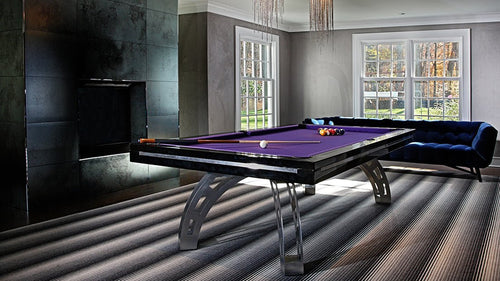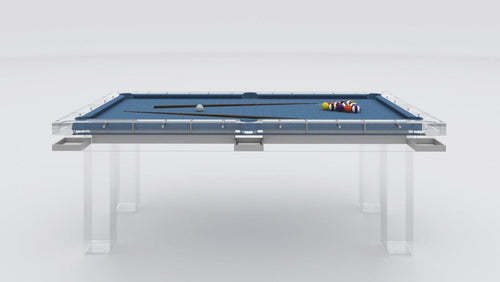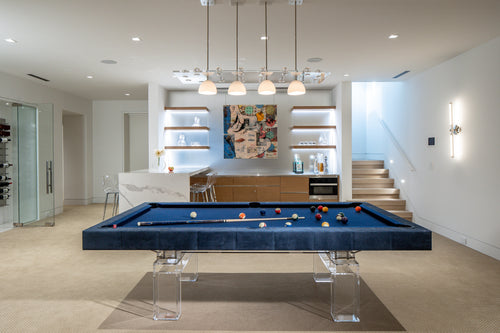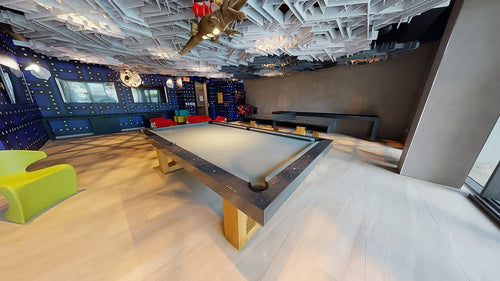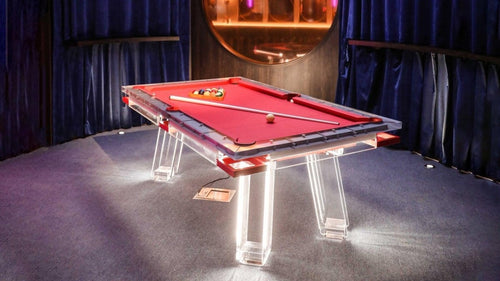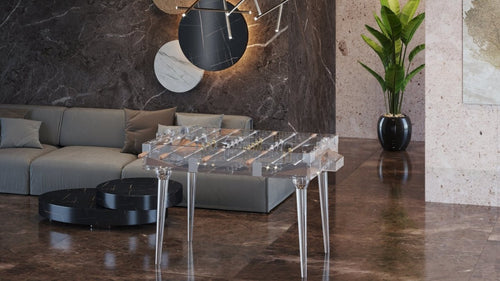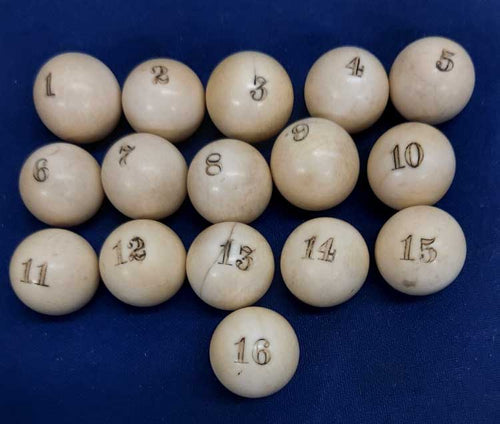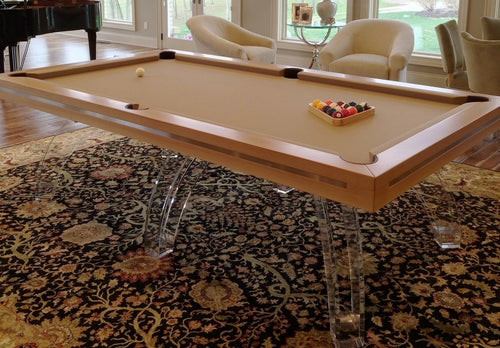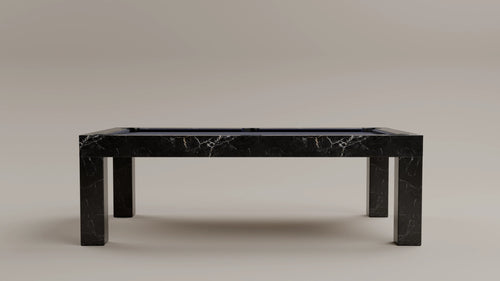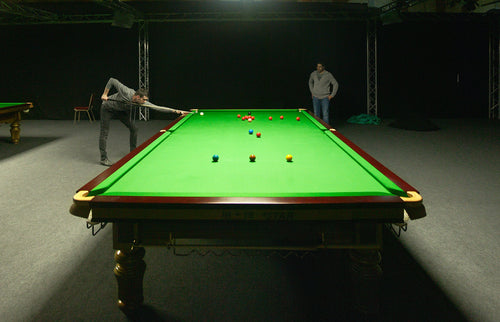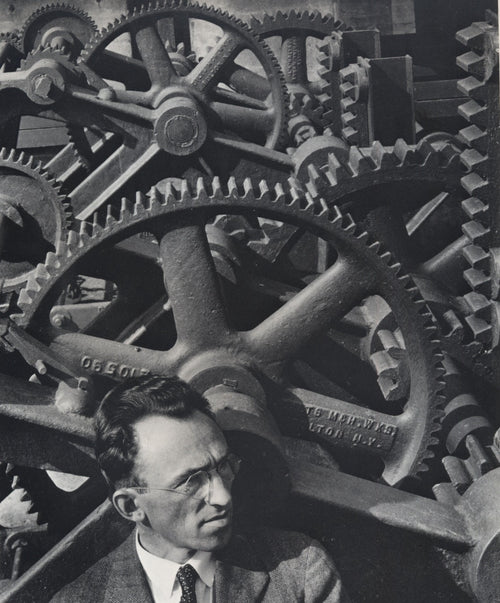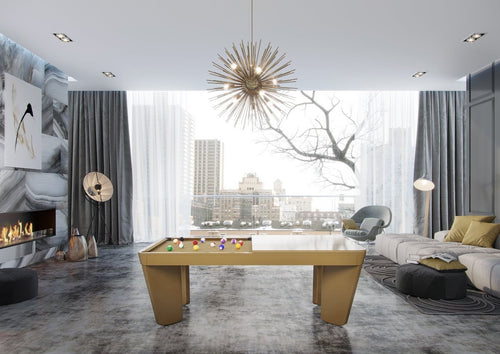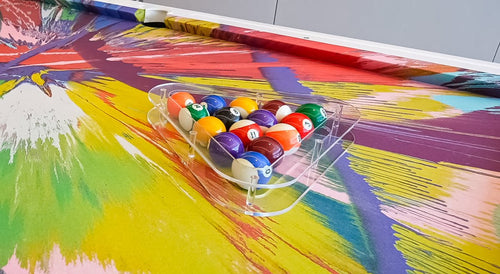Enjoy our modern designs
Estimated Read Time: 8 mins |
Following the death of the Prophet Mohammed in 632 C.E., Islamic design rapidly developed into a significant architectural and artistic tradition that would shape much of the Middle East, North Africa, and parts of Europe. Rooted in religious function, Islamic design distinguished itself through its structural forms, surface treatments, and philosophical commitment to abstraction over figurative representation.
The Mosque: Centerpiece of Islamic Design
Islamic architecture centers on the mosque, a communal prayer hall for the faithful. Unlike Christian churches or pagan temples, mosques are not "houses of God" but sacred gathering places. Core elements include:
- A Mihrab (niche) indicating the direction of Mecca.
- A Minaret used for the call to prayer.
- An open courtyard often featuring a fountain or pool for ritual washing.
- A columned prayer hall with arcades or aisles.
Key Examples of Early Mosque Architecture
Great Mosque at Damascus (begun 707 C.E.)
Converted from a former temple, this mosque retained a Roman basilica plan, including a vast central hall with flanking aisles separated by arcades. It features a timber-roofed triple-aisled prayer hall and an adjacent open courtyard. Though atypically large, its layout influenced the prototypical mosque plan: columned halls around an open court, often including a central feature like the tomb of St. John.
Mosque of Ibn Tulun, Cairo (879 C.E.)
A textbook example of Islamic planning, this mosque features:
- A rectangular enclosure with a square open court.
- Five rows of arches forming the roofed prayer hall.
- A minaret with a spiral staircase.
- Decorative plaster arches with abstract, non-figurative ornament.
Its brick construction draws from earlier Iraqi examples, notably the Malwiya Mosque at Samarra.
Great Mosque of Córdoba, Spain (785–987 C.E.)
A columned hall using horseshoe arches built from alternating red and white voussoirs. The use of rhythmic arcades creates a vast, open, and seemingly infinite space. Later additions include complex interlocking arches and elaborately decorated wall arcades, emblematic of Islamic abstraction.
The Arch in Islamic Architecture
Islamic builders expanded upon Roman and Byzantine precedents, introducing new forms:
- Horseshoe Arches: A Moorish signature, often extending past the semicircle. Used extensively in Córdoba and later in the Alhambra.
- Pointed Arches: Although widely associated with Gothic architecture post-1150, these appear earlier in Islamic buildings, such as the slightly pointed forms in Spanish monasteries like Poblet.
These arches appear not just structurally but as ornamental framing devices, often within arcades surrounding courtyards.
Ornament and the Prohibition of Figurative Imagery
Islamic decorative vocabulary was shaped by religious constraints. The Koran prohibits images of humans, animals, and plants in religious contexts, fostering a design language of:
- Geometric patterns
- Calligraphic inscriptions, often drawn from the Koran
- Arabesque motifs and abstract plaster carvings
These elements appear in:
- Plaster wall panels
- Decorative tile (e.g., Iznik tiles in Istanbul)
- Carved stone
- Painted woodwork
The Alhambra: Apex of Moorish Design
Built between 1338–930 C.E., the Alhambra Palace in Granada epitomizes mature Islamic design in Spain. It comprises:
- A complex layout of buildings arranged around 15 courtyards.
- Ornate horseshoe and pointed arches.
- Reflecting pools and fountains.
- Filigree-like surface carving.
- Brilliant color use: blues, greens, golds, and whites.
This work marks the culmination of Mudéjar tradition, blending Islamic and Christian elements in Spain from 1200 to 1700.
Legacy and Interaction with European Design
- Converted buildings: Byzantine churches like Hagia Sophia became mosques.
- Shared arch forms: horseshoe and slightly pointed arches appear in Spanish Romanesque.
- Mudéjar style: Islamic-inspired decoration in Christian Spanish buildings.
In furnishings, Islamic interiors focused on:
- Low benches, prayer rugs, and floor-level seating
- Elaborate textiles with geometric and calligraphic motifs
Islamic design left a profound imprint not only on its own regions but also on the evolving vocabulary of Western design, particularly in areas of cultural contact like Spain and the eastern Mediterranean.



